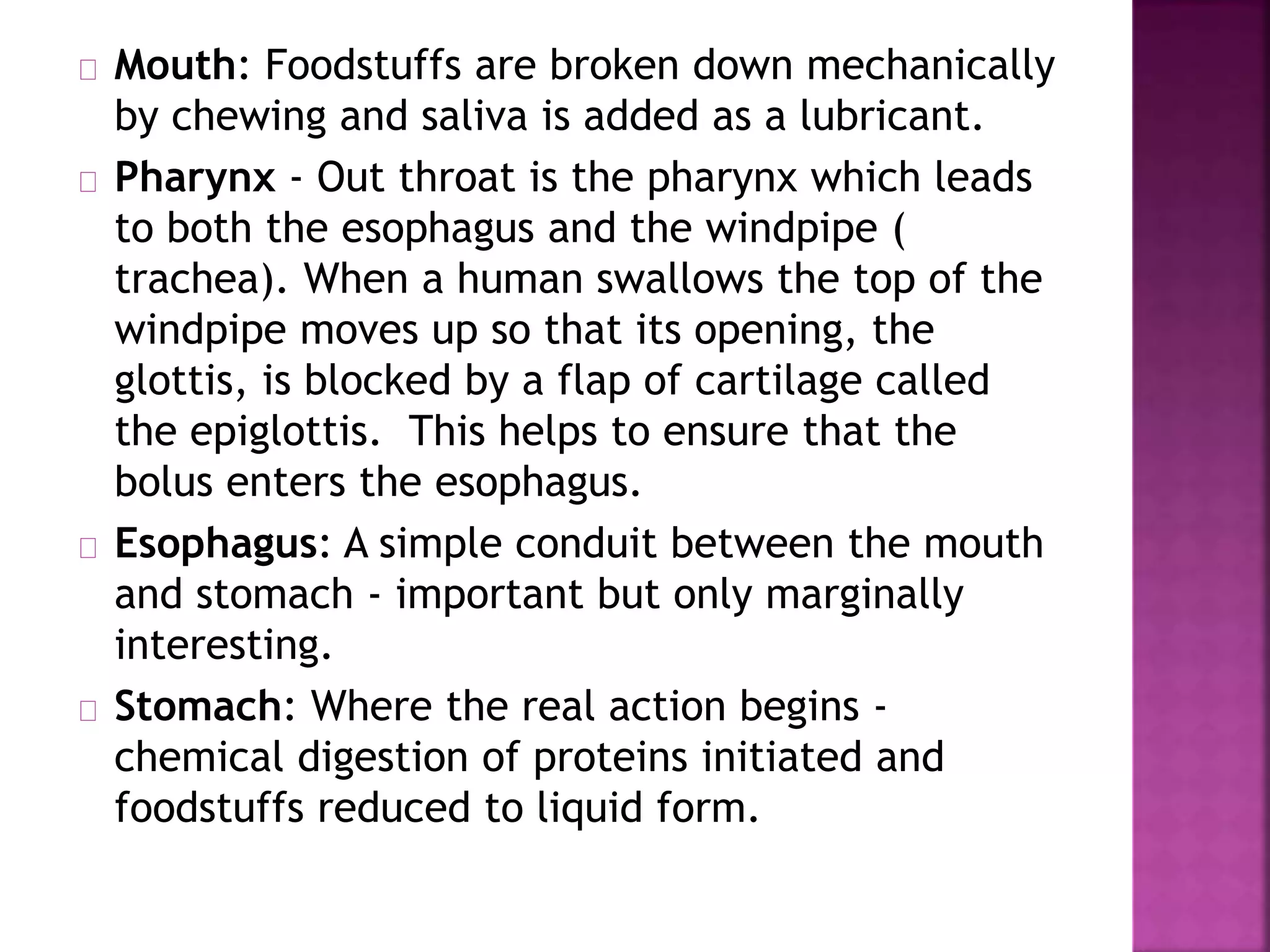This document is the report of a group called MEB24 that was submitted to Ms. Ma. Luisa V. Cuaresma about the digestive system. It contains sections on the digestive systems of various animals including humans, fish, amphibians, mammals, birds, and reptiles. It provides information on the main organs of digestion and their functions for each group of animals. Tables and diagrams are included to illustrate the digestive processes. Links to additional reference materials are listed at the end.































